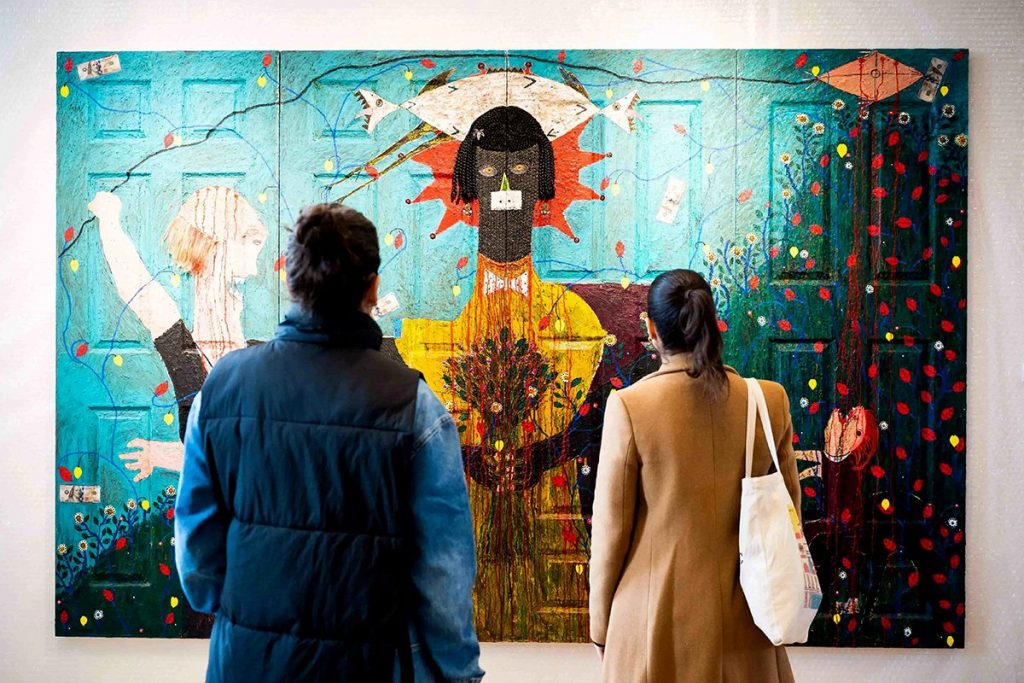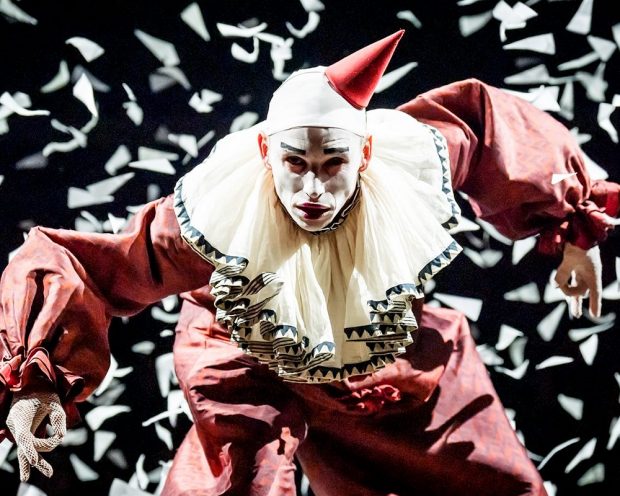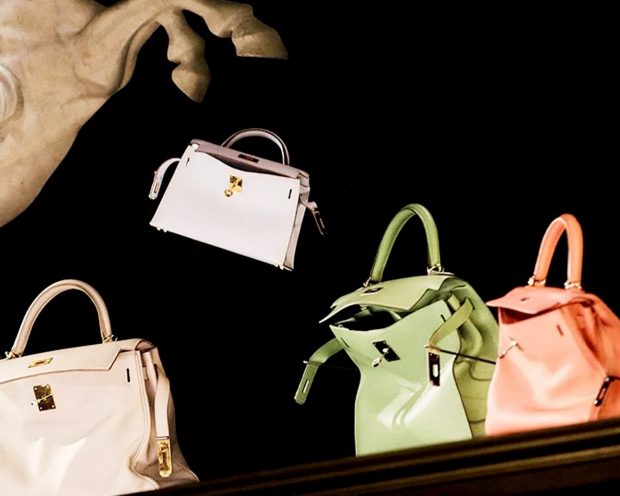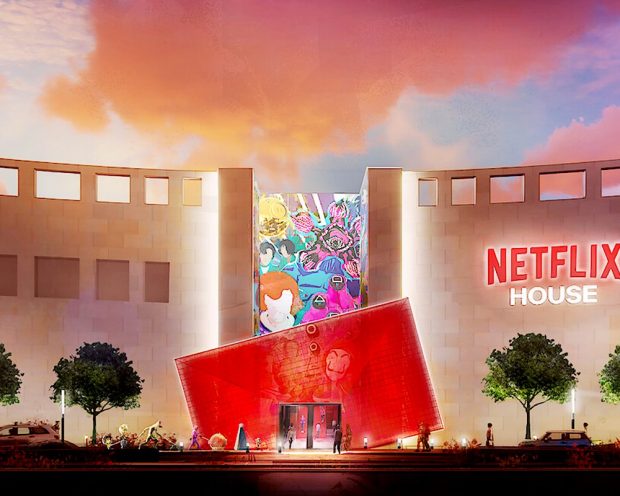Experiential doesn’t happen overnight. It takes months — sometimes years — to brainstorm, plan (and rework, reconfigure, adapt, pivot…) and execute events and experiences. Not to mention the people and money required to make the outcome unbelievable. With big budgets and even bigger expectations, experiential trends must be durable and long-lasting to survive — with a much longer shelf life than flash mobs, fidget spinners or NFTs.
Who better to break down the ins and outs of experiential trends than Fri Forjindam, Chief Development Officer and Executive Creative Director at Mycotoo, and Aamna Jalal, Head of Global Business Affairs and Strategic Initiatives at Superfly, who brought this topic to life onstage at the XP Fronts. Keep reading to uncover the four keys to future-proofing experiential trends, as defined by Aamna and Fri.

1. Redefining culture for experiential success
“Oftentimes we default to traditional categories: race, ethnicity, gender, age, things of that nature, but what we’re seeing now are folks, and creators, and developers that are looking at culture as really powerful subgroups that have a community around them,” says Fri.
While they may seem too niche at first glance, subgroups — including everyone from Afrofuturists and cowboy/cowgirl enthusiasts to vampire healers — hold significant identity and revenue potential.
Take Outside Lands, for example. The festival, which is owned and operated by Superfly, serves as a love letter to San Francisco and is named for the city’s western neighborhoods, which were known as The Outside Lands in the 1800s. Today, the three-day fest celebrates the city’s counterculture through diverse integrations, especially the historical LGBTQIA+ community and local food scene. Since 2008, Outside Lands has become a cornerstone event by viewing culture as intrinsic to its experiential DNA while advancing and enriching audience engagement.
2. Unleashing creativity and shattering norms
Creativity not only requires thinking outside the box but embracing public-private collaborations as well. This approach extends beyond traditional creative models, incorporating elements like financing and real estate to create innovative and compelling experiences. “We don’t necessarily mean government versus privatized, but the traditional creative model versus non-creative — expanding beyond suppliers, designers and agencies — incorporating elements like financing and real estate to create innovative and compelling experiences,” says Fri.
The 1-54 Contemporary African Art Fair in Morocco accomplishes this by bringing global brands to Marrakesh to support local artists. Founded in 2013, 1-54 is the first and only international fair dedicated to contemporary African art, showcasing leading international galleries and promoting the African diasporic experience. The fair’s name references the fifty-four countries that constitute the African continent. This collaboration emphasizes the importance of deal-structure flexibility while fostering a vibrant community with significant revenue potential.
3. Centering inclusivity in the C-suite
Love it or hate it, the C-suite is shaping the future of experiential initiatives. By centering women and BIPOC stories — hello, Beyoncé and Taylor Swift fans — organizations can disrupt the status quo and drive substantial revenue growth.
“Women are more likely to go to events and experiences than men. Fact,” says Aamna. “If you’re a parent and a woman, you’re even more likely to attend an event. And so, for us as storytellers and creators, that means that this has to be considered in our operational plans. It has to be considered in our creativity. It has to be considered in every single aspect that women are consumers that need curated and intentional experiences.”
4. A cTA for sustainable and inclusive experiences
The final pillar urges the industry to embrace sustainability, inclusivity and global impact as fundamental aspects of future experiential initiatives. Creators must integrate these elements into their operational plans, ensuring that experiences are thoughtful and impactful.
“As we talk about women and inclusivity, all of us have not just a responsibility, but a mandate, to be more thoughtful in creating our experiences,” says Aamna. “We can no longer function in the silo; it just has to be part of the DNA.”
In partnership with the American Red Cross, HBO’s Bleed for the Throne at SXSW raised awareness about blood donation. The Game of Thrones brand activation included the latest Japanese technologist innovation in which sensors allow ALS patients to DJ concerts. These initiatives demonstrate that sustainability and inclusivity can translate into significant revenue while making a positive impact.

Join us in XP Land. A community for experiential creatives and experience-makers, brand leaders and IP-owners, space stewards and venue visionaries — all of those in the business of epic gatherings and live, immersive storytelling.



